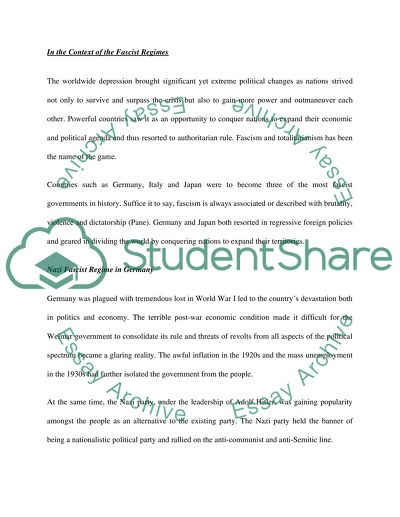Cite this document
(“World System since 1500: Women in Italy, Germany, and Japan in the Research Paper”, n.d.)
Retrieved from https://studentshare.org/family-consumer-science/1414565-world-system-since
Retrieved from https://studentshare.org/family-consumer-science/1414565-world-system-since
(World System since 1500: Women in Italy, Germany, and Japan in the Research Paper)
https://studentshare.org/family-consumer-science/1414565-world-system-since.
https://studentshare.org/family-consumer-science/1414565-world-system-since.
“World System since 1500: Women in Italy, Germany, and Japan in the Research Paper”, n.d. https://studentshare.org/family-consumer-science/1414565-world-system-since.


